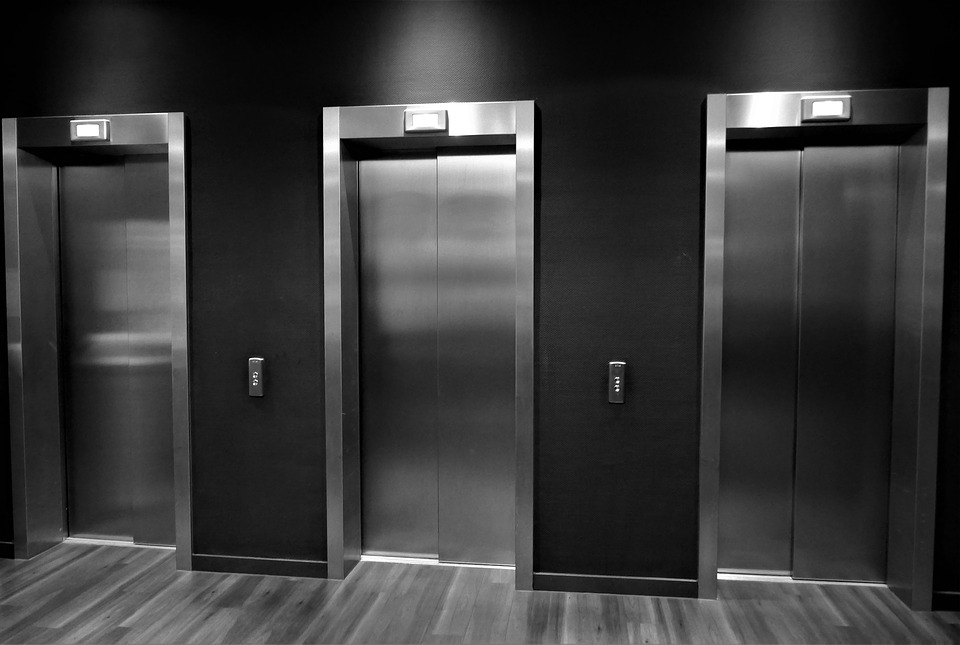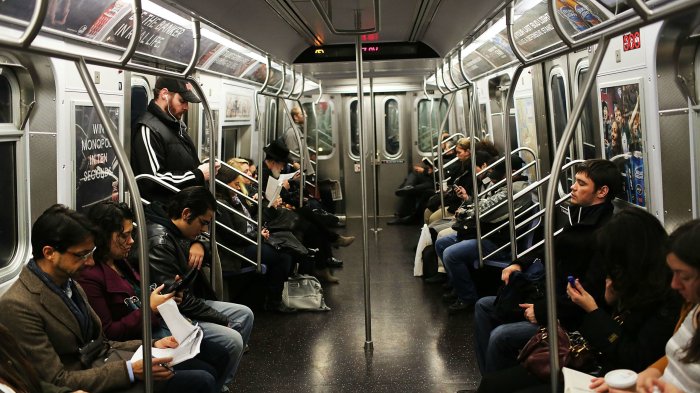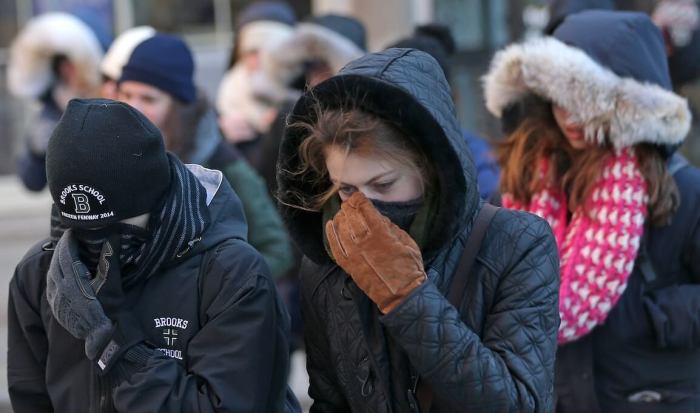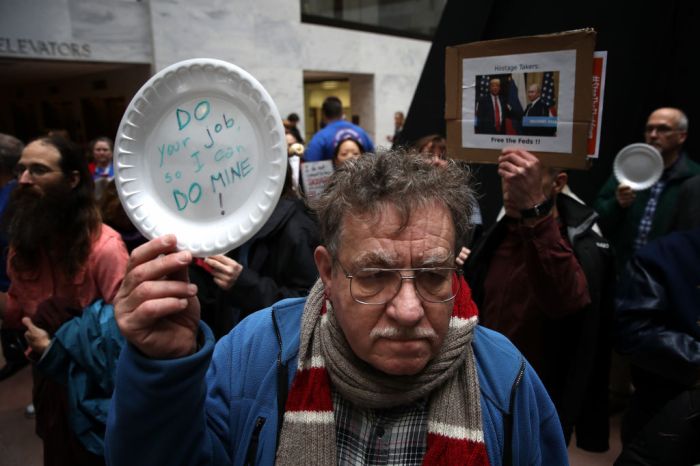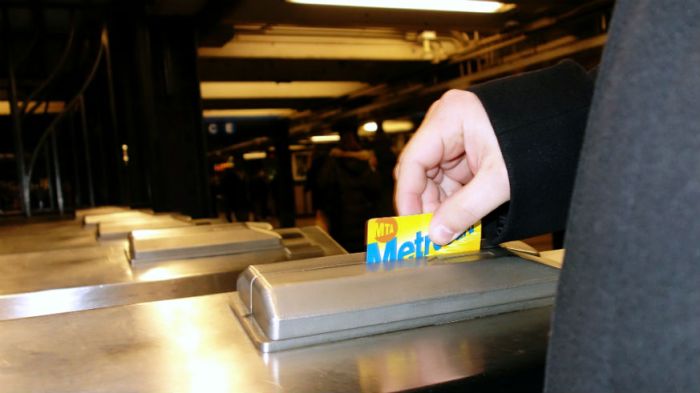How safe are New York City elevators? Well, just checking the elevator inspections may not tell the whole story.
Some elevator inspections in New York City missed safety hazards, according to a new audit released by New York State Comptroller Thomas DiNapoli’s office, meaning those unsafe conditions go unrepaired.
The audit specifically looked at certified elevator inspectors who worked for companies contracted by the New York City Department of Buildings (DOB). Though the DOB has 48 staff inspectors, there are 71,000 elevators in New York City and so the department contracts out some of that work to private companies.
Twelve elevators in nine buildings were included in the audit by DiNapoli’s office, and 11 of those elevators had safety violations that were missed or overlooked by the inspectors.
These safety violations included hoist cables that showed signs of wear and defective devices that are designed to keep the elevator doors from opening between floors.
For the worn cables, the problem was missed at one building and noted at another, though that second inspector did not have “the right tool to measure the cable thickness which would have determined the seriousness of the problem,” according to the audit.
Three inspectors failed to notice the defective devices. A fourth inspector did take note of this issue but, according to the audit, “decided it was not an imminent hazard and kept the elevator in service.”
According to the comptroller’s office, when that device is defective, it could cause elevator doors to open between floors and “is considered an imminent hazard, which requires the elevator to be shut down for repair.” A DOB inspector later took those four elevators out of service.
These private inspectors also failed to inspect the tops of elevator cars or elevator pits — required by the city’s contract and American Society of Mechanical Engineers standards — because they were concerned with their own safety, according to the report.
“In a vertical city, with tens of thousands of elevators carrying millions of people, it is unacceptable that New Yorkers should have to worry about false inspections or hazardous conditions,” DiNapoli said in a statement. “Even in a limited group of inspections, we found nearly every one missed violations that could pose risks to safety.”
In 2016, non-DOB inspectors failed to complete more than 6,700 — or 11 percent — of the 63,314 annual elevator inspections they were required to handle. Some overlooked hazards stem from the fact that these private inspectors were using “less strict procedures” than those employed by the DOB, the report found.
The DOB is already taking steps to improve these elevator inspections and has agreed with most of the comptroller’s recommendations, including to require non-DOB inspectors to comply with DOB procedures and to re-inspect those elevators that were inspected by “inefficient” private contractors.
“New York’s elevators are one of our safest forms of transportation – and DOB’s strong elevator regulations are a key reason why,” a spokesperson for the department said. “That said, we take the comptroller’s input seriously and have already taken steps to address many of these recommendations.”

